Review for Inu X Boku Secret Service: Complete Collection
Introduction
Sometimes anime succeeds through originality, through presenting ideas and stories that we haven’t seen before, or familiar stories given wholly new spins. Innovation and risk is the key, and it’s one reason why I seem to be a perennial anime fan, and I keep on rolling the dice on the next new series, hoping to be thrilled by a Steins;Gate or a Bakemonogatari. But let’s face it, that kind of innovation is hard work, and it doesn’t come cheap. The other way of making a new and successful anime is by making a show that has been made before, but by giving it a twist that will appeal to a new section of a niche audience. With Inu x Boku SS, foot fetishists have an anime that they can call their own. Or for people of my generation, this is the Kia-Ora anime. “I’ll be your dog...”
Ririchiyo Shirakiin has had something of a sheltered upbringing, one that has left her with a lack of social skills. Can you blame her though? She’s the daughter of a rich family, bearing the burdens of her position, and someone who others see as aloof and undeserving. It’s no wonder that she’s developed an acid tongue, and a talent for abuse. She’s decided to curb her verbal tendencies, and try and develop a softer shell, and she does that by leaving home and moving into the Maison de Ayakashi, an apartment complex for the elite and affluent. At least that’s the way it appears on the surface. The reality is that it is haunted. It could be that’s why everyone who lives there gets a Secret Service bodyguard. Ririchiyo’s life begins to change when she meets her own personal bodyguard; a singular man named Soushi Miketsukami, one who claims to worship at her feet, and declares that he’ll happily be her dog. The odd thing about Ayakashi is that it isn’t haunted by ghosts; it’s the residents you have to watch out for.
13 episodes of Inu x Boku SS are presented across two discs from MVM.
Disc 1
1. The Dog & I
2. A Lonely Dog
3. The Real Contract
4. Ayakashi Kan Walk Rally
5. Kagerou of the Spring
6. Don’t Think
7. Their Night Alone
Disc 2
8. Tea and Distance
9. Day of the Promise
10. The Unfaithful Demon Fox
11. Kagerou
12. The Day We Came Together
13. Miketsukami’s Transformation
Picture
Why’d it have to be the third way? Since I have been reviewing anime in this PAL SECAM nation of ours, I’ve encountered three ways of adapting 24 frame progressive animation, or 30 frames per second NTSC to our 25 frames per second DVD wonderland. The first is the venerable NTSC-PAL standards conversion, most common a few years ago when most anime came via the US, and was still being animated for display on 60Hz NTSC televisions at 480i resolution. The original source animation may have been higher resolution and 24fps, but the master tapes that the US companies got would be for television broadcast, and in both the US and Japan that would be 60Hz NTSC, which equates to 30 frames per second (the extra 6 fps were created through interpolation). That 30fps source would be converted to 25fps by more technical trickery, averaging out and blending frames, maintaining the overall runtime, but resulting in image quality, which for us was soft and indicative of 480i up-scaled to our 576i, and animation that was rarely smooth.
The second way, the better way, really began to proliferate with the HD revolution, when master tapes started being supplied in high definition and in 24 frames per second. You see it in most of the anime of the last 5 years, where we get native PAL conversions, showing the animation at a full 576i PAL resolution, and at 25 frames per second, 4% faster than originally intended, and 4% faster than the US NTSC releases. This requires higher pitched or pitch-corrected audio, but visually the shows are quite pleasing. Once in a while you do see the odd NTSC-PAL conversion on a modern show, such as Fractale, but most anime on UK DVD these days is native PAL.
The third way, what Inu x Boku SS gets, is an attempt to have one’s cake and eat it. It has the clarity of a native PAL transfer, but maintains the original run time, with no audio change due to speed-up. The video resolution is full 576i for PAL, and there’s no blending of frames and interpolation going on here. But the transfer uses the simple expedient of repeating every 24th frame to create the 25 frames per second required for PAL. It all looks pretty nice at face value, but once it’s in motion, the snag with the process becomes glaringly obvious. Judder! In any pan, scroll, or scene with extended smooth motion, that repeated frame causes the image to jerk, once every second. I find it annoying and even a little nauseating. I’ve seen it in the Redline DVD, Freedom OVAs, and most recently Nura: Rise of the Yokai Clan, and I’ve come to dread it even more than the old standards converted discs.
Other than my eyeballs twitching in sympathy with this transfer, it’s a fairly decent looking show, presented in 1.78:1 anamorphic widescreen, with clarity and nice colour reproduction. The character designs are the most striking thing about the show, which with its subdued colour palette really give the show a gothic and moody feel. The production values are definitely up there in terms of atmosphere and style, even if the show isn’t the most animated and energetic of anime. If it weren’t for the jerkiness this would be a fair visual presentation. But! Episode 7 however suffers from some severe, pulsing pixellation around 16 minutes in, lasting for about 90 seconds, with around one frame every couple of seconds blurring into pixellated outlines. This happens again in episode 11 at 7 minutes and at 12 minutes, and again in episode 12 at 16 minutes. Given how I reacted to this show, it’s also entirely possible that I missed further instances of this behaviour. And having a quick look around the Internet-verse, I see that it’s a problem present in the Region 1 DVD release as well.
Here are series of successive frames showing one cycle of the pixellation pulses.
Sound
You have the usual options of DD 2.0 English and Japanese stereo, with optional translated subtitles and a signs only track. I went with the original language track and found it to be acceptable enough, if a little clichéd in the character voices. The dialogue is clear, what little action there is comes across with a bit of dynamism, but where Inu x Boku SS really impresses is in its music, with a wide variety of theme songs, and some very gentle and emotive incidental music. I gave the dub a try and found it to be quite a lacklustre effort, sticking almost religiously to the subtitle script, and coming across as stilted and awkward at times as a result.
Those subtitles are accurately timed and free of error as far as I could see, although there was a problem with a couple that lingered on screen until the next subtitle appeared. It’s blatantly obvious at the end of episode 13, where the last subtitle ‘Huh’ lingers on screen until the end of playback after the end credits.
Extras
The discs present their content with static menus, and display jacket pictures when at rest in compatible players. Each episode concludes with a silent, white text on black, translated English credit scroll, while the episodes themselves maintain the original language credit sequences.
The only extras are on disc 2, and amount to the textless opening sequence, and seven textless closings.
You’ll also find trailers for other Hanabee releases here, only some of which have been licensed and released by MVM. These include Kids on the Slope, Bodacious Space Pirates, Dusk Maiden of Amnesia, Mysterious Girlfriend X, Hakuoki – Demon of the Fleeting Blossom, and Hiiro no Kakera – The Tamayori Princess Saga. It’s a little misleading then that each trailer is preceded by the MVM logo.
Conclusion
Do you know what each episode of Inu x Boku SS has in common? It has the ability to put me to sleep. I consumed more coffee trying to review this series during the last week or so than I usually do in a month. You’d think I’d be wired, you’d think I’d be so hyped on a coffee buzz that I wouldn’t sleep for a week. In one episode I actually drifted off with a freshly drained mug in my hand. That’s one reason why I can’t be sure just how prevalent that pixellation problem is. Rest assured though that I did watch the show through, skipping back to catch up on that which I had snoozed through, and forcing my eyes to stay open for at least one run through of its episodes. I can usually sit through even the most tedious shows at least once, if not for a re-watch, but Inu x Boku SS defied even that level of diligence.
I found Inu x Boku SS to be a dull, single note show that milked its one joke for all that it’s worth, and outstayed its welcome by at least seven episodes. It’s a shame really, as the idea behind the show is sound; it’s an unconventional romantic comedy that does have some heart to it. But it really should have been an OVA series, and it could have been done and dusted in a third of the time without losing anything. As it is, it feels padded out and stretched to a length where its single note characters begin to annoy rather than evoke sympathy.
Ayakashi-kan is a residence for the outcasts of the elite society, those people who have supernatural blood in their background, and so become part lucky charm and part ugly secret for their respective families. Moving to the mansion means gaining some independence and freedom, but it also means gaining bodyguards given their family names. When Ririchiyo moves in, she’s running from an oppressive family where she’s been unloved but idolised, and where outsiders think she’s inherited her way into wealth and is undeserving. She’s grown up defensive and isolated, and her instincts are to respond to anyone with a sharp tongue and sarcasm. Moving into Ayakashi-kan means moving in with people in the same position as her, and where she can harbour a small hope that she can overcome her antisocial tendencies.
She’s thinking small steps, but it becomes one giant leap when she meets her bodyguard Soushi, who for some reason worships the ground that she walks on, is more than willing to take her abuse, and is instantly and utterly devoted to her. So it’s a slow, romantic comedy, punctuated by Soushi’s endless fawning, and the constant collision between Ririchiyo’s inner and outer voices. Outwards she’s constantly sarcastic, which boils down to saying something normal, but in a haughty way, and prefacing each sentence with a ‘Hmmph’. I was tired of this by the second episode, but by the end of the show it was so constant that it was actually funny, but not in a good way.
Then there’s her inner voice, the vulnerable girl hoping to reach out, trying to be nice to people, trying to understand every situation by overanalysing it to death. So with Ririchiyo it’s either sarcasm or endless inner monologue, and with Soushi it’s constant fawning. This would quickly get boring, so the rest of the apartment is populated by a bunch of supernatural clichés, split into servants, bodyguards, and residents. There’s Ririchiyo’s fiancé, a man who insists on categorising the world into S & M, there’s the laid back childhood friend, the would-be delinquent, the kooky girl who likes eating, the crazed yuri fan, the transvestite maid, the busty maid, the hard-boiled bartender, dull and underdeveloped clichés all.
Maybe if I could stay awake through an episode I might come to enjoy Inu x Boku SS, find some nuance, some little detail that explains why fans like it. The thing is that the tsundere child master and the elegant tall servant cliché has been done before, and done with a lot more wit, style and impact. If you want the supernatural element then I’d recommend Black Butler, whereas for pure comedy there’s Hayate the Combat Butler. If you do insist on Inu x Boku SS, then be aware that these DVDs don’t do the show any justice, with the pixellation problem of Region 1 compounded with a horrendously jerky PAL transfer. Apparently the Blu-ray is Region AB.
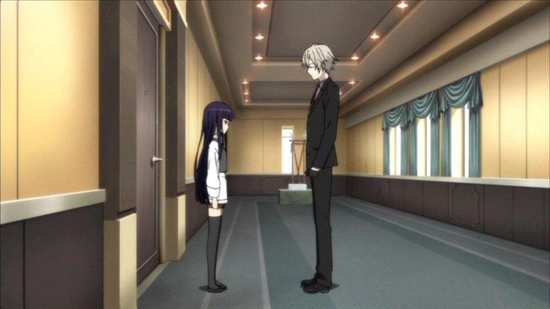
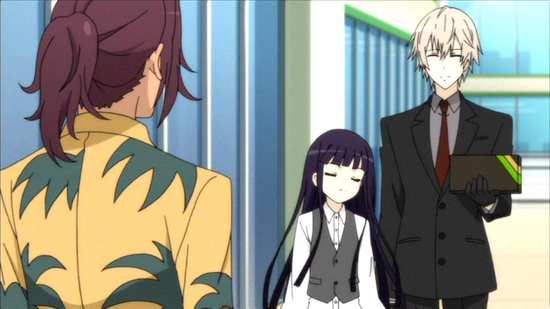
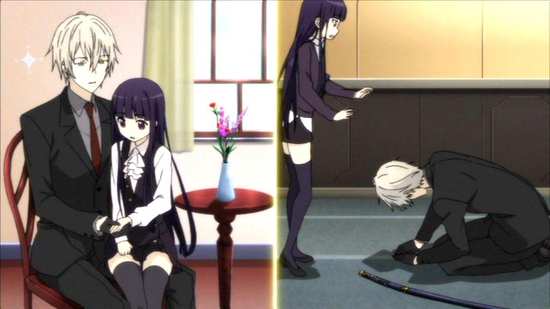

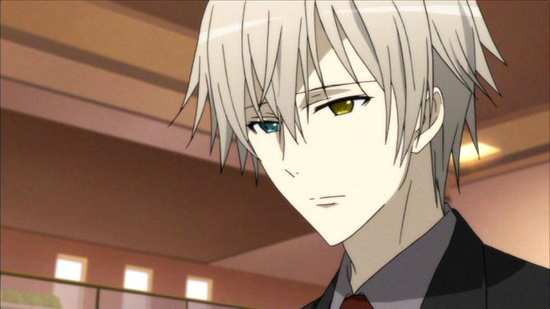
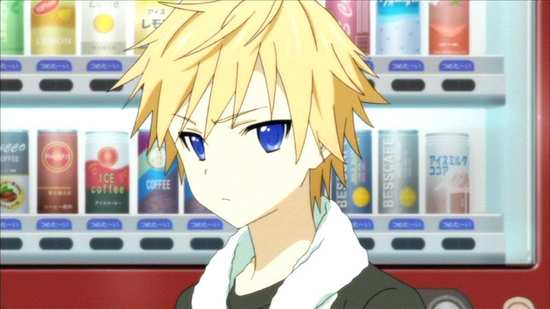





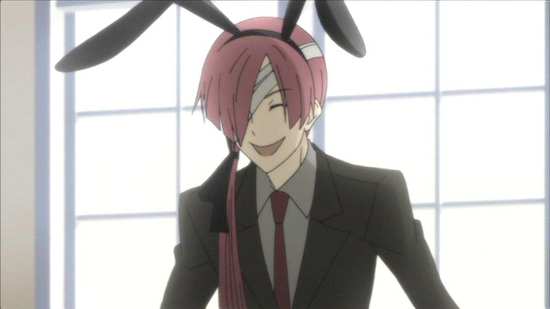
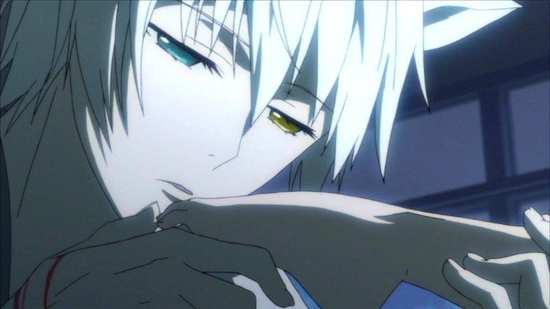

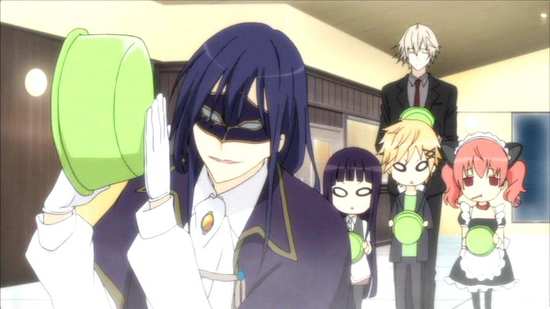
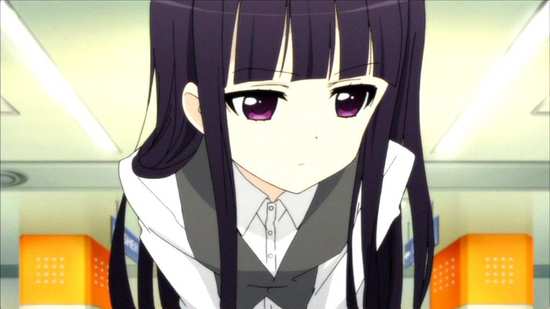
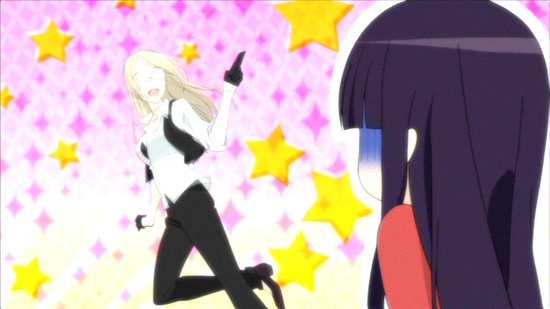
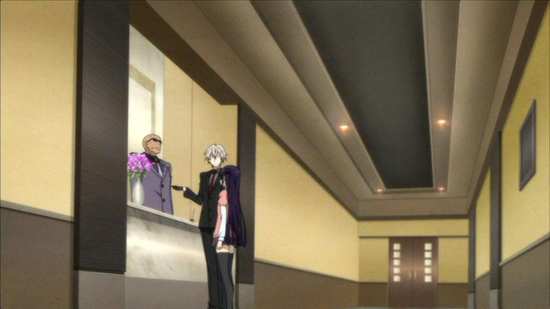
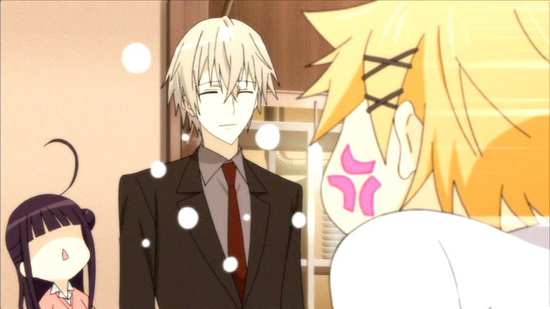
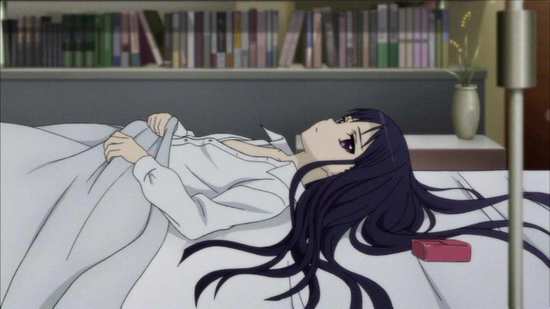
Your Opinions and Comments
Be the first to post a comment!